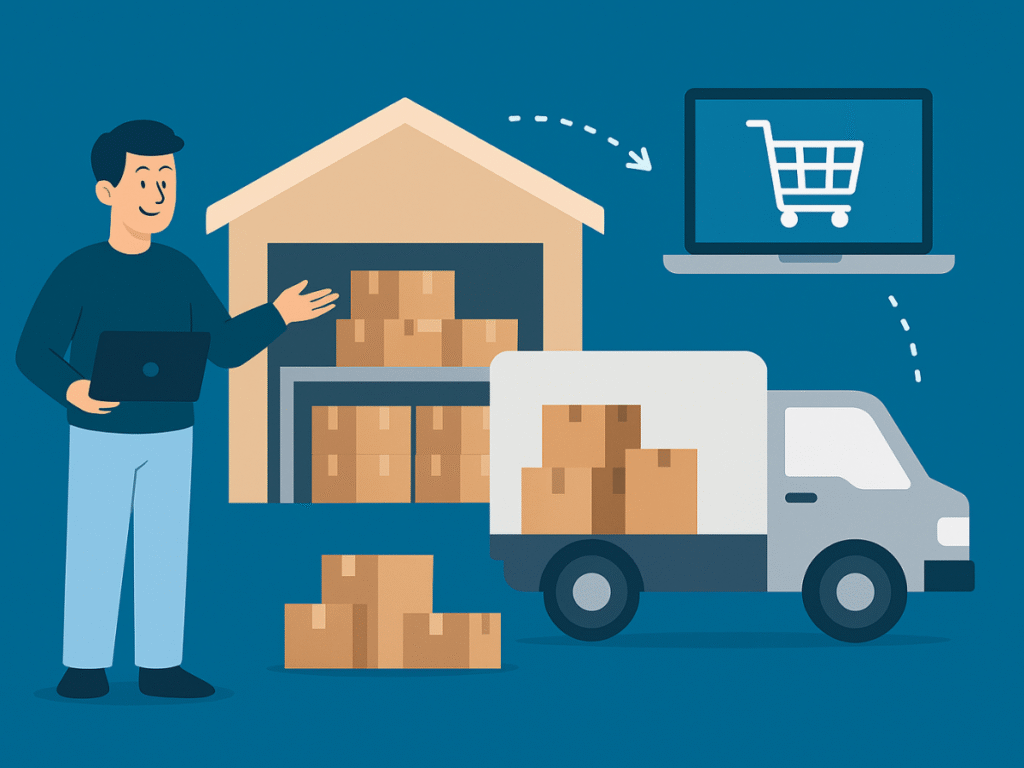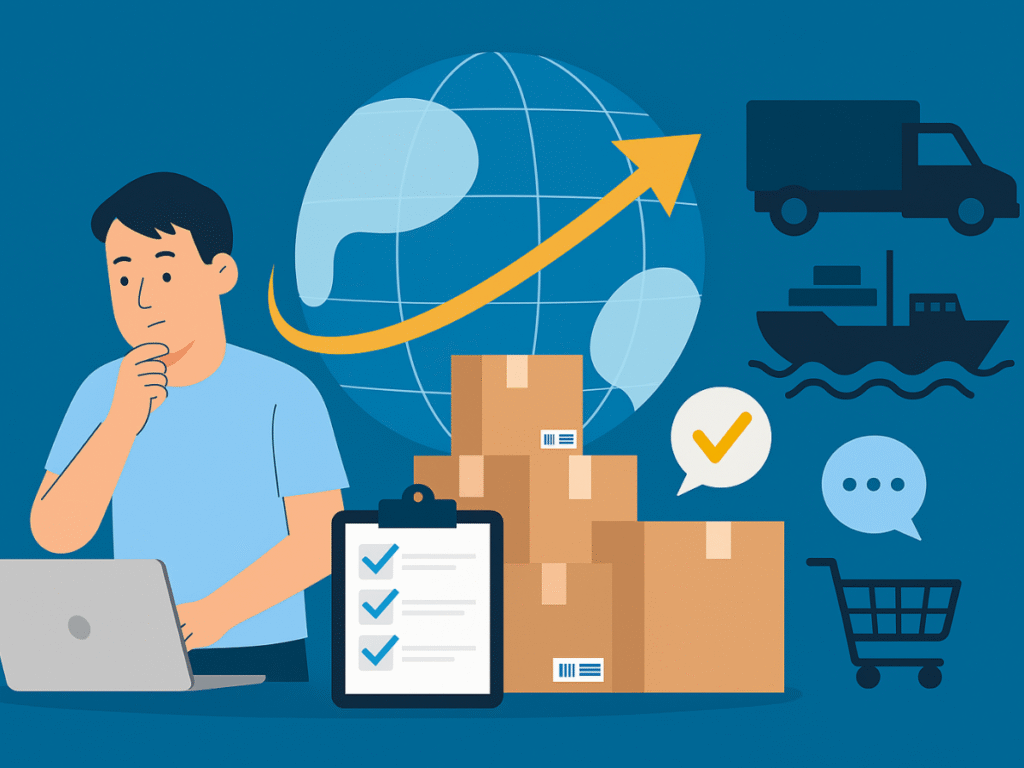Freight shipping is an essential part of any business, especially for small to medium-sized businesses (SMBs). Understanding how to manage freight efficiently can save money, improve customer satisfaction, and help businesses grow. This guide will walk you through the basics, explain service options, and share tips on streamlining your logistics process.
Key Takeaways


Choosing the right freight service can be overwhelming, but understanding your specific shipping needs will help make the decision easier. Here are some factors to consider when selecting freight service:
Cost is often the most significant factor for SMBs. Compare different providers to find the best rates for the services you need. Keep in mind that while a low-cost option might seem appealing, it could come with trade-offs like slower shipping or limited tracking options.
If you need to ship items quickly, prioritize freight service with shorter transit times. Air freight might be your go-to if time is critical, while ocean freight is more suitable for less time-sensitive deliveries.
Ensure that the freight company services your destination, whether it’s domestic or international. Some companies specialize in specific regions, which could affect your shipping options.
It’s crucial to partner with a reliable freight company. Delayed shipments can negatively impact your business reputation and customer trust. Check customer reviews and industry ratings to assess the reliability of a freight service.
Look for freight services that offer flexible options, such as weekend deliveries or customizable solutions to meet your specific needs.
Here are a few tips to help reduce your shipping costs while maintaining efficiency:
Whenever possible, consolidate shipments to reduce the number of deliveries. This is especially important for LTL shipments, where you can combine smaller shipments into one larger one.
As your business grows, negotiate with freight providers for better rates. Many providers offer discounts for businesses that ship regularly or in bulk.
If managing freight in-house is too complex, consider using a 3PL provider. These companies can streamline your logistics and offer better rates through their established networks.
Properly packaged items can reduce shipping costs by minimizing the size and weight of your shipments. Use efficient packaging to lower the cost per shipment.
For SMBs expanding globally, using freight forwarders can simplify the process. They handle all the logistics, including shipping, customs, and documentation, ensuring that goods reach their international destinations smoothly.
To keep your shipping running smoothly, avoid these common mistakes that can lead to unnecessary delays and costs:
Incorrect or missing labels can lead to delays or lost shipments. Always double-check shipping labels for accuracy.
Don’t forget to factor in additional costs such as fuel surcharges, insurance, and customs fees when calculating your total shipping expenses.
Tracking shipments allows you to monitor the delivery process and quickly address any issues that arise. Use a reliable tracking system to keep customers informed.
Selecting the wrong shipping method for your needs can increase costs or cause delays. Evaluate each shipment’s requirements before making a decision.
It involves the transportation of goods, typically in bulk, using various methods such as road, rail, air, or sea. For SMBs, it is not just about getting products from point A to point B. It’s about finding the right solutions to meet customer demands while controlling costs and ensuring timely delivery.
For SMBs, it is essential to compete in the market. While large companies may have their own logistics networks, SMBs often rely on third-party freight services to handle shipping needs. Properly managing these services is crucial for:
Choosing the right freight service depends on the type of products you’re shipping, your destination, and your business’s unique needs. Here are the most common types:
LTL shipping is ideal for businesses that don’t need to fill an entire truck. It combines several smaller shipments into one truck, allowing businesses to share shipping costs. This is cost-effective for SMBs, particularly those shipping smaller quantities regularly.
FTL shipping is the best option when you have enough goods to fill an entire truck. While more expensive than LTL, FTL offers faster shipping as the truck doesn’t stop to pick up other loads, providing a quicker and more direct route.
Air freight is the fastest option for urgent shipments, but it is more expensive than ground or sea options. It’s ideal for high-value items or time-sensitive deliveries.
For international shipping, ocean freight is a more affordable option, especially for larger shipments. While it takes longer, it’s cost-effective for SMBs shipping bulk goods internationally.
Rail freight is primarily used for large-scale shipments over land, especially when road transportation isn’t ideal. It’s cheaper than air freight and offers a reliable and environmentally friendly option for long-distance domestic shipping.

Managing this is crucial for SMBs looking to grow and compete in today’s fast-paced market. By understanding the different freight services, optimizing costs, and avoiding common mistakes, you can streamline your shipping process and enhance your business’s efficiency.
Inspire E-Commerce Solutions Inc.
Warehouse 4 & 5, C Teknik Industrial, 143 P. Gregorio Street, Valenzuela,
1442 Metro Manila
inspiresolutions.asia